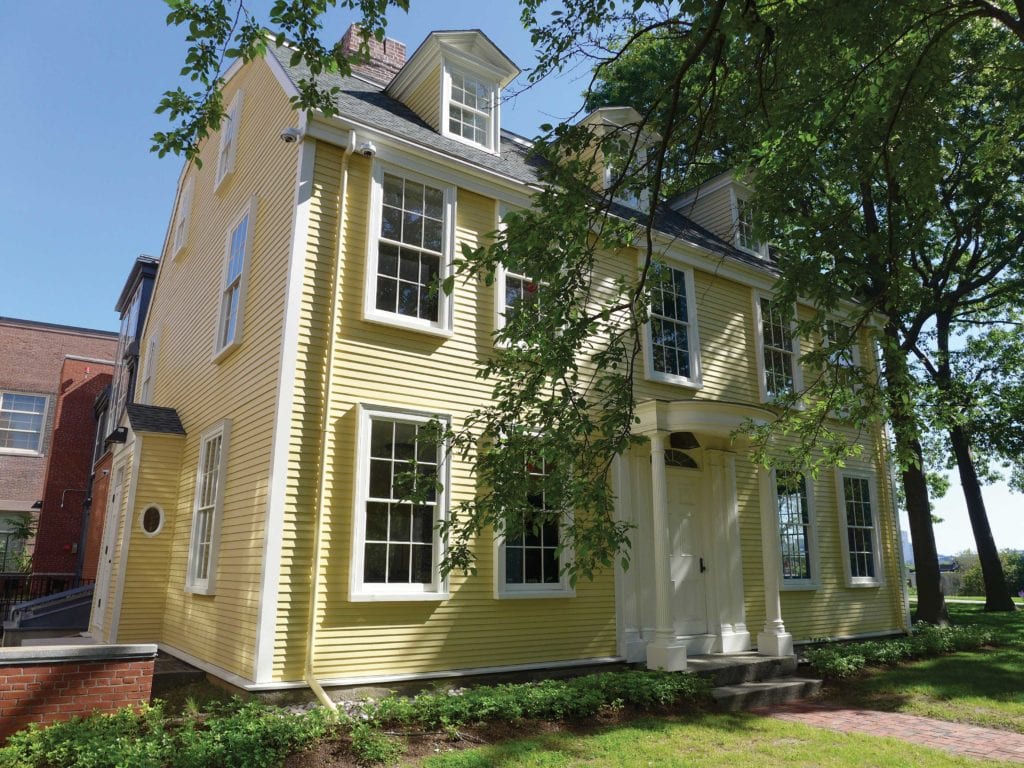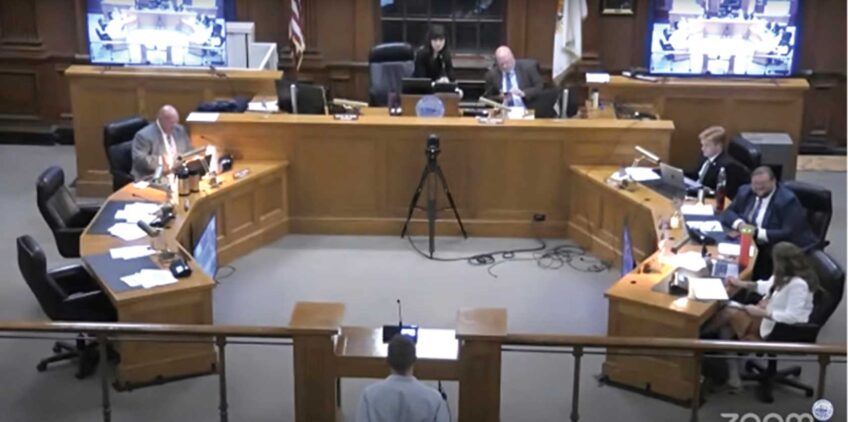Historic mansions grace Roxbury’s streets
Architectural gems show history from the colonial era through 1800s

Mansions built by Roxbury’s residents during the 1700s and 1800s are still standing. They are magnificent dwellings and figured prominently in our city’s history. Here are sketches of several.
The solid stone Warren House, on Warren Street just above Dudley St. Station was built by Dr. John C. Warren in 1846 as a memorial to his father Joseph Warren, killed in the Battle of Bunker Hill. The original Warren homestead was a cottage farmhouse built in 1720 by the first Joseph Warren. In the past used as an office building, the Warren House now serves as a private residence.
The Dillaway-Thomas House, in Eliot Square next to the Timilty School, was built in 1768 as the parsonage for the First Church of Roxbury. It was occupied by several of the church’s early ministers until purchased by a Dr. Charles Dillaway. During the Siege of Boston during the American Revolution the house was used by General George Washington’s commander in Roxbury, General John Thomas. The Battle of Bunker Hill was seen from the upper windows by General Thomas and his officers.
Today the building serves as headquarters for the Roxbury Heritage State Park. Last year, the building underwent a substantial restoration. Its rooms hold artifacts and interactive displays on Roxbury history from the pre-colonial era through the 20th century.
The Alva Kittredge House is a mansion built in 1836. Alva Kittredge, a furniture manufacturer and real estate developer, built the house when Roxbury’s Highland Park neighborhood was home to farms and large estates. The home originally fronted Highland Avenue and had a large addition extending to the south. Also on the estate was a large tower, erected on the site of remnants of the Lower Fort, a 1775 Revolutionary War fortification. It was renovated by Historic Boston Incorporated and now contains five apartments.
The Shirley-Eustis House, on Shirley St. near Dudley, was occupied by two Massachusetts governors. It was built by Governor Shirley in the mid-1700s. Its oak frame and other materials were brought from England at great expense. Dutch tiles ornamented its fireplaces in every room. George Washington, Benjamin Franklin and Daniel Webster were some of the statesmen entertained in its guest chambers.
In 1775 the house was used as barracks for patriot soldiers. In 1819 it was purchased and used by the then-Governor Eustis. The home, maintained as a museum by the Shirley Eustice House Association, is a National Historic Landmark, one of a handful of remaining colonial-era governor’s mansions in the U.S.
Built in 1782, the Spooner Lambert house is considered the third-oldest building in Boston. The home was built for Major John Jones Spooner, the first commander of the Roxbury Artillery during the Revolutionary War. It was renovated by Historic Boston Incorporated and now includes four condominium units.
This article, originally published in 1978, has been updated.










